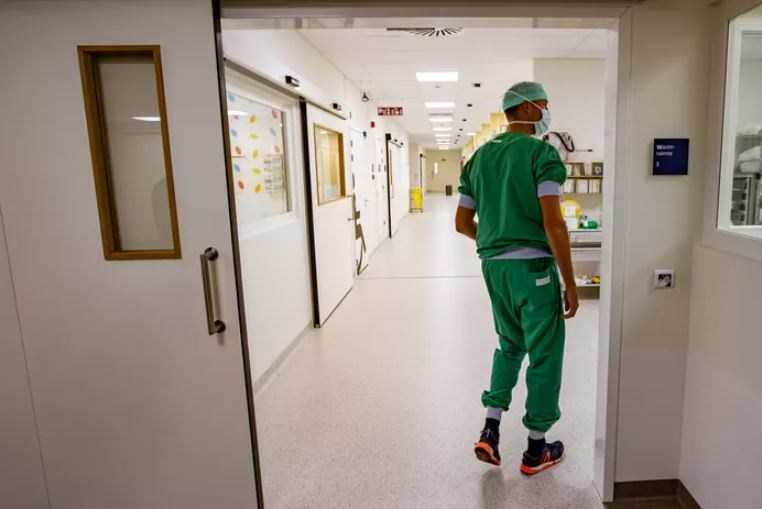An average of over 15,500 additional people per day tested positive for the coronavirus in Belgium over the past week, according to Sciensano's latest figures on Monday.
Between 23 and 29 October, an average of 15,582.4 new people tested positive per day, which is an increase of 14% compared to the week before.
The total number of confirmed cases in Belgium since the beginning of the pandemic is 441,018. The total reflects all people in Belgium who have been infected, and includes confirmed active cases as well as patients who have since recovered, or died as a result of the virus.
Over the past two weeks, 1,781.1 infections were confirmed per 100,000 inhabitants, an increase of 123% compared to the two weeks before.
Related News
- Belgium suspends sale of clothing, kitchen utensils and toys in supermarkets
- Lockdown or not, Belgium warned Christmas won't be the same
- 'Surreal' scenes at Brussels Airport ahead of Belgian lockdown
An average of 655.9 patients were admitted to hospital between 25 October and 1 November, up from a daily average of 562.9 to the week before.
In total, 6,823 patients are admitted to hospital, which is 322 more than yesterday. Of those patients, 1,223 are in intensive care, 62 more than the day before. Patients on a ventilator number 671 - 38 more than yesterday.
From 23 to 29 October, an average number of 113.3 deaths occurred per day, up from the daily average of 78.1 compared to the week before.
The total number of deaths in the country since the beginning of the pandemic is currently 11,737.
Since the start of the pandemic, a total of over 5 million tests have been carried out. Of those tests, 63,100 were taken over the past week, with a positivity rate of 29.1%. This means that over a quarter of the people who get tested receive a positive result, and the ratio is climbing towards one in three.
The percentage went up from 24,3% last week, and coincides with a 6% fall in the number of tests being carried out, after the authorities decided not to test patients with no symptoms.
Since 21 October, only people with coronavirus symptoms are being tested. That means that some new infections, which used to be detected, are missing in the statistics, Sciensano said. The public health institute will use statistical models to calculate those infections that are not registered under the new testing strategy.
The reproduction rate, meanwhile, has been coming down since 23 October, and now stands at 1.19. That rate (Rt) is the rate at which the virus spreads. Until it comes down below 1.0, the virus is continuing to grow in the population.
Maïthé Chini
The Brussels Times

